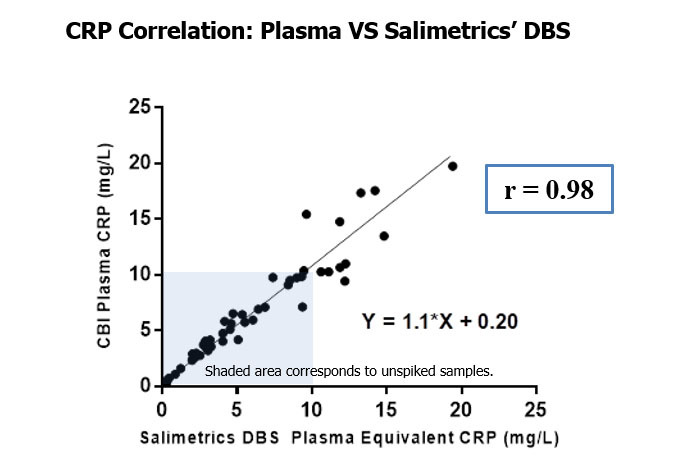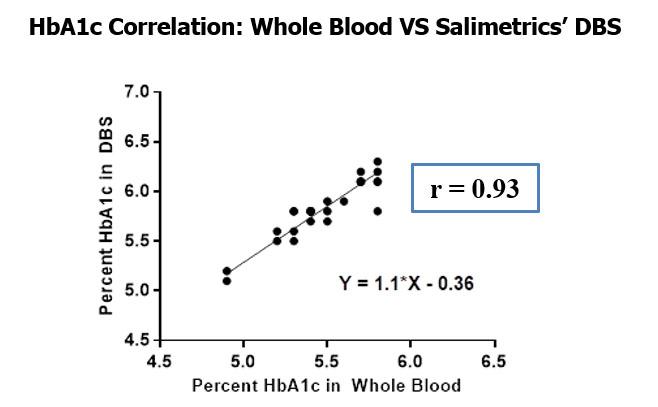Combine the convenience of dried blood spots with the power of saliva sampling for comprehensive, innovative, and minimally invasive testing solutions.
New Initiative: Salimetrics is pleased to offer a new initiative developed in coordination with leading Dried Blood Spot expert Thomas McDade PhD.
Dried blood spots (DBS) offer a simple, minimally invasive way to collect and store blood samples. With just a small drop of blood from a simple finger stick, the insights from DBS in combination with Saliva testing enable new research directions, innovation, and discovery. Modern DBS collection technology makes blood sampling minimally invasive and convenient. Easy to transport and store, DBS sampling reduces the logistical burdens and costs of blood collection and delivers accurate information on blood-based biomarkers.
We encourage you to learn more about DBS and think about the opportunities it creates for your research program.
To learn more about the initiative click here.
 Contact: Salimetrics (USA)
Contact: Salimetrics (USA)




